It seems that almost everyone these days are looking to put on a white membrane roof because it will “save on energy”. So called, “cool roofing” such as TPO reflects the sunlight and solar energy away to keep the roof’s surface cooler. If you live in Miami, FL this makes perfect sense because you’re pretty much always cooling your building. However, in a state such as Maine, it may not make as much sense. Given the vast difference in these two locations, what about all of those locations in between? Well, that depends on a multitude of factors.
Heating & Cooling Degree Days (Location):
A measure of the energy used to heat or cool a building in a specific location. If you have more heating degree days than cooling degree days then it means you spend more energy heating your building than cooling. For Example, Roanoke, VA has approximately 4,300 HDD and 1,100 CDD. This is quite a big difference and shows that a building in Roanoke, VA typically requires much more energy to heat their building than cool it. For places such as Blacksburg, Christiansburg or Radford it requires even more energy to heat a building. For places such as Franklin County, Martinsville or Danville it requires less energy to heat a building and more to cool it. Black EPDM can help heat a building whereas, white TPO can help cool a building.
Building Use:
The building’s use is a big factor in determining which color and material to select for the roof. On a restaurant, you’ll want a roof that stands up to grease and fats; this may be a case where PVC is most suitable. If you have a big industrial warehouse with a lot of machines constantly running and you’re trying to cool the building year round then a white membrane may be the best option. However, if you have an office building and keep the thermostat steady around 72, then a black membrane may be the better option. Lastly, if the building is letting outside air in throughout the day, energy efficiency may not be a concern. In this case, the owner may want to select the most economical option.
Insulation:
Insulation is one of the most crucial aspects to a roofing system in regards to energy savings. There are various types of insulation to choose from and some provide better r-values (energy savings) than others. Polyisocyanurate (Poly ISO) is one of the most recommended types of insulation to be installed on a roof due to its density and high r-value. Depending on the thickness of insulation that you install, it can make the Black vs. White issue almost non-existent. This is where you can really see your energy savings add up.
Energy:
What type of heating and cooling system do you use? Gas? Electric? A combination? A lot of information can be gathered by determining if one source is used to heat and cool the building or if different sources are used for each function, respectively. In addition, what costs are associated with both heating and cooling as well as, the inflation rate of those costs. Looking at the current energy usage and costs will help determine which roofing system can provide you the most benefit in regards to savings.
One of the world’s leading manufacturer’s of roofing products is Carlisle Syntec. Their take on this issue can be found in the following piece of literature, giving a broad overview of Black Roofs vs. White Roofs – EPDM: Energy Efficient in Every Climate
In order to help make sense of everything on your next roofing project, have a professional roofing contractor run an energy report on your building. It will give you valuable information as to what your energy expenses may look like for a given roofing system. If you’d like more information on this topic or would like us to take a look at your building(s), give us a call at (540) 342-7498 or contact us here.




